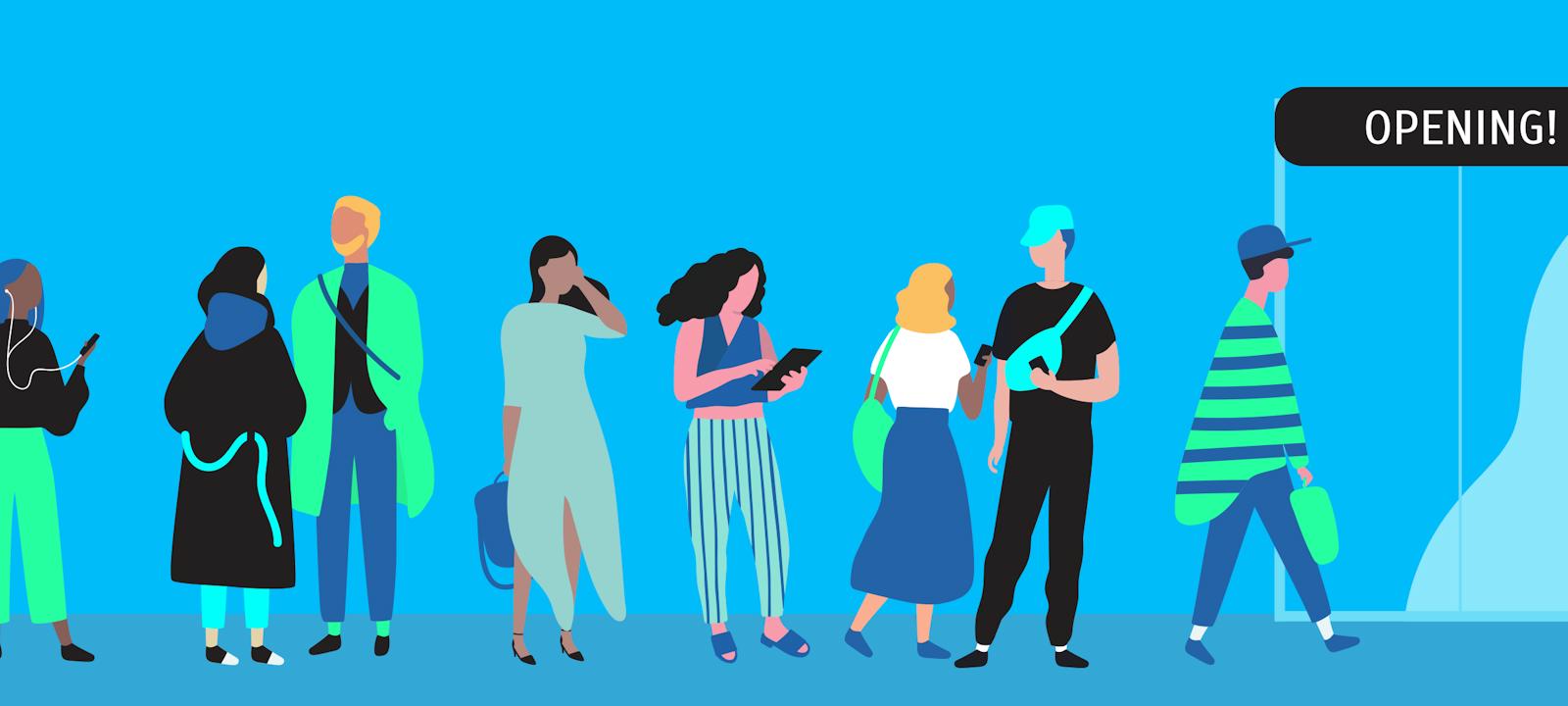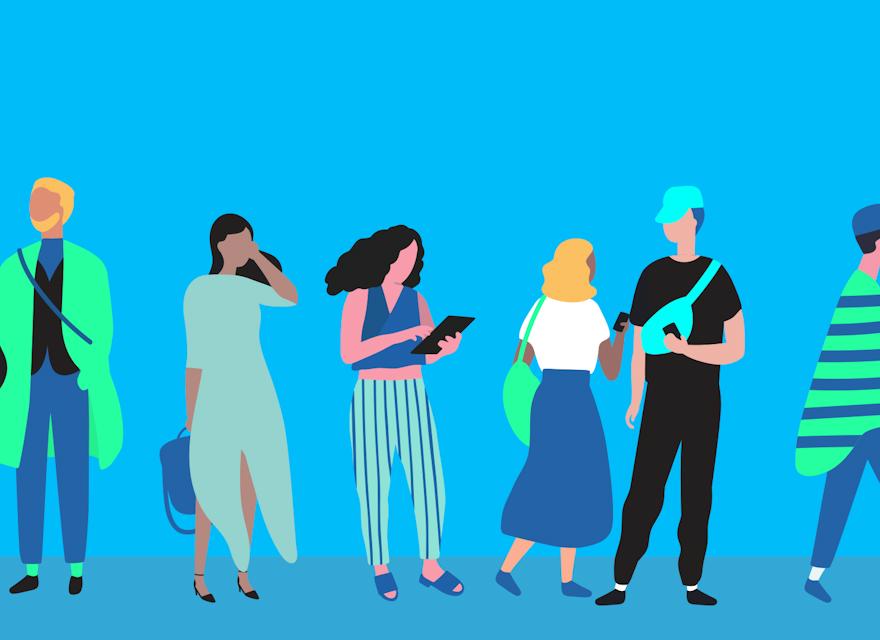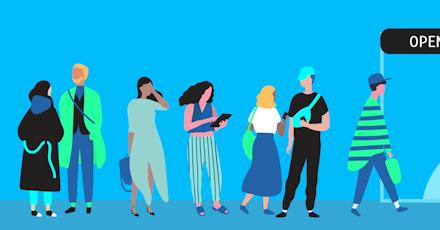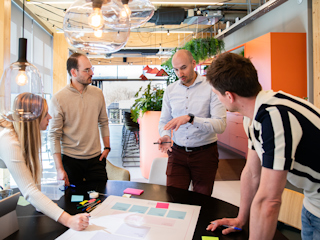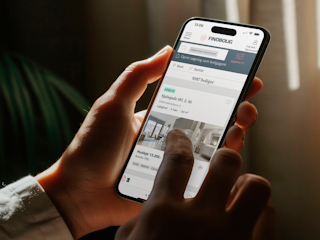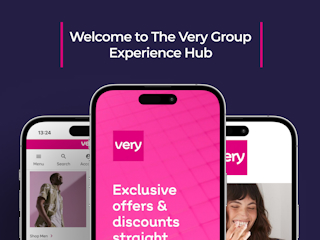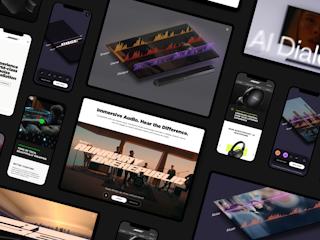The industrial revolution allowed companies to easily and quickly produce clothes – which transformed our purchasing behavior – increasing consumption by a whopping 22% over the past 10 years, according to current sustainability.
In the 18th century, materials were selected carefully, after which the fabric was woven and sewn together. Many times, garments were produced in small runs and were tailored to each customer. This was all very time-consuming. Today, many consumers have a closet containing far more items than needed.
The purchase craving is only increasing; consumers have a hard time deciphering the amount of money they can spend on products. The expression “fast fashion” emerged out of the increasing ability to purchase products affordably, quickly and relatively painlessly.
Don't know if I need the product
“I am influenced and inspired by Instagram & friends.”
In Sweden, we have several seasons, and as consumers, we have a hard time keeping track of all the garments hanging in our closet. This means that there is a risk that we will buy products that we already own. For many people, social media can also create a need to want to consume, since people are typically influenced by others who post new clothes or gadgets. Seeing others show off the "latest fads" every day can create a need to want similar products.
Don't know if I can afford it
“I have a hard time figuring out how much money I can afford to spend.”
Our materialistic society causes consumers to want to buy clothes and gadgets even though their finances may be limited. In today's society, consumers get inspiration from social media, which often creates a yearning to consume beyond their budget.
Want to trust the brand/store
“I might buy leather shoes for SEK 5000 or sneakers for SEK 200; it depends on the brand.”
Consumers want to buy from brands or stores that they trust. At times, they prefer buying items from exclusive brands they trust, rather venturing with seemingly foreign brands. Customer loyalty is attainable. Brands must involve the consumer in product development.
One example of this phenomenon is GoPro, which sells small, compact movie cameras and lets users record their movies, and then markets these on their YouTube channel, which has over 6 million subscribers. With these films, GoPro inspires people to consume by harnessing the customers’ content.
The majority of retail companies today are working to create products from ideas born on the catwalk or the red carpet. The companies then design products that are available to "normal" consumers quickly and at an affordable price. It is hardly surprising that consumption has ramped up with increasing availability. At the same time, there is a strong trend in society toward more conscious and sustainable consumption. We hope and believe that more business models employing circular design and rent-to-own models will emerge in the future.
So what can you do in your line of business? What applies to your business? We will help you take the next step in your product offering.
About the Future of Retail Series
For a four-week process, we met with consumers and retail staff, both in a deep interview format and informally out on the town, to try to survey which shopping experience needs are currently not being met. With the help of these insights, we have been able to focus on some specific areas. After that, we performed a comprehensive trend monitoring and business intelligence to better understand this highly innovative retail landscape. The study aimed to identify new opportunities for our customers to create the shopping experiences of the future.
